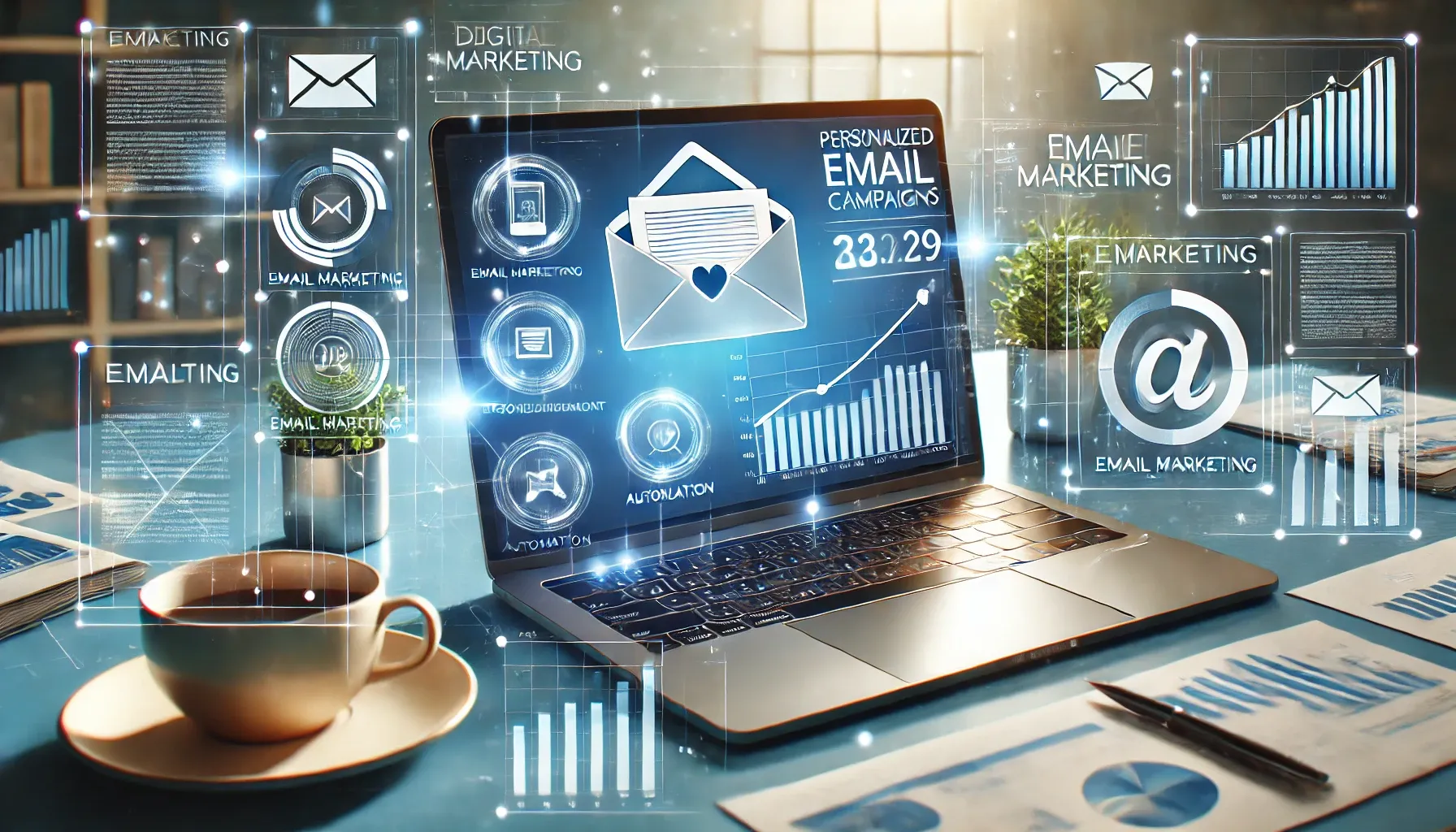
In the world of digital marketing, email marketing remains one of the most powerful tools for connecting with your audience, promoting products or services, and driving conversions. However, the true potential of email marketing lies in using targeted email campaigns. Instead of sending the same generic email to everyone, targeted campaigns allow you to send personalized and relevant content to specific segments of your audience.
In this blog, I’ll explain what targeted email campaigns are, why they matter, and how you can create them effectively—all in simple, non-technical terms. By the end, you’ll have a better understanding of how these campaigns can boost your engagement and sales.
A targeted email campaign is an email marketing strategy that involves sending personalized emails to specific groups of people (known as "segments") based on their interests, behavior, or demographics. Unlike general email blasts that send the same message to everyone on your list, targeted campaigns focus on creating a more relevant experience for each recipient.
For example:
By tailoring the message to the specific needs or behaviors of each group, targeted email campaigns can significantly improve engagement and conversion rates.
Higher Engagement:
Personalized emails are more likely to grab attention and encourage action. When recipients feel that the content is relevant to them, they are more likely to open, click, and engage with your emails.
Improved Conversion Rates:
By sending targeted offers, recommendations, or updates, you increase the likelihood that recipients will take the desired action—whether it's making a purchase, signing up for a webinar, or downloading a guide.
Reduced Unsubscribes:
Generic, irrelevant emails often lead to unsubscribes. However, when you send content that’s tailored to each recipient’s needs or interests, they are more likely to stay subscribed and engaged.
Stronger Customer Relationships:
Targeted emails help you build better relationships with your audience. When customers receive personalized emails that address their preferences or previous interactions with your brand, they feel valued and are more likely to become loyal customers.
Creating a targeted email campaign may sound complex, but it’s actually quite simple when broken down into steps. Here’s how you can get started:
The first step to creating a targeted email campaign is to segment your audience. This means dividing your email list into different groups based on specific criteria, such as:
Segmentation allows you to send the right message to the right people. For example, you could send a special offer to customers who haven’t purchased in the last six months, or offer a new product to those who have recently browsed your website.
Once your list is segmented, you can start personalizing your emails. Personalization goes beyond just using the recipient’s name—it involves sending content that’s relevant to their specific needs, preferences, or behaviors.
Examples of Personalization:
The subject line is one of the most important parts of your email—it’s the first thing recipients see, and it determines whether they’ll open the email or not. Make sure your subject lines are compelling and aligned with the targeted message.
Tips for Writing Subject Lines:
Inside the email, make sure your content is clear, engaging, and focused on the recipient’s needs. Include a clear call-to-action (CTA)—whether it’s to shop, download, or sign up.
To save time and ensure your emails are delivered at the right moment, consider using email automation tools. These tools allow you to automatically send emails based on triggers, such as:
Popular email automation platforms include Mailchimp, Constant Contact, and ActiveCampaign. These tools make it easy to set up automated workflows, schedule emails, and track performance.
Once your targeted email campaign is live, it’s essential to track its performance and make improvements over time. Most email marketing platforms provide analytics that allow you to track key metrics such as:
Based on these metrics, you can test different subject lines, content, or offers to see what resonates best with your audience. This process of A/B testing helps you continually optimize your campaigns for better results.
Here are a few examples of how targeted email campaigns can be used in different industries:
Targeted email campaigns allow you to connect with your audience in a more meaningful and personalized way. By sending the right message to the right people, you can increase engagement, boost conversions, and build stronger customer relationships. Whether you’re a small business or a large corporation, targeted email marketing is a strategy that can help you grow your business.
At Techmines Technologies LLP, we specialize in creating effective, results-driven email marketing campaigns that are tailored to your audience’s needs. Contact us today to learn how we can help you set up targeted email campaigns that drive real results.

Don't miss out on the latest news and updates from Techmines Technologies LLP! Subscribe to our newsletter and stay up-to-date on our latest services, web development trends, SEO strategies, and much more. Sign up now and be the first to know!
India Address :
427 , 5 Square Point, M.V Circle,
opp. Anjani Green Party Plot, Jahangir Pura,
Surat, Gujarat 395005
Phone :081416 35874
Email :info@techmines.co.in
© 2024 Created By Techmines Technologies LLC